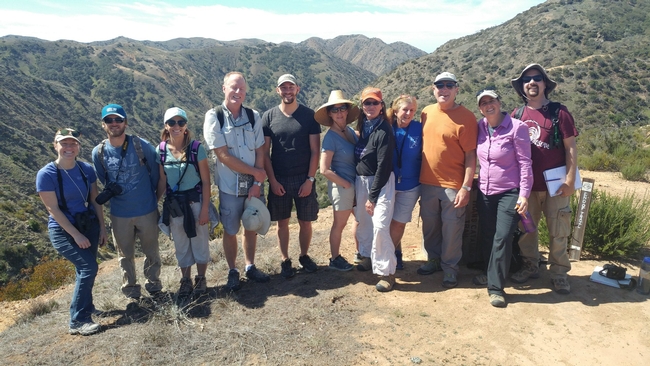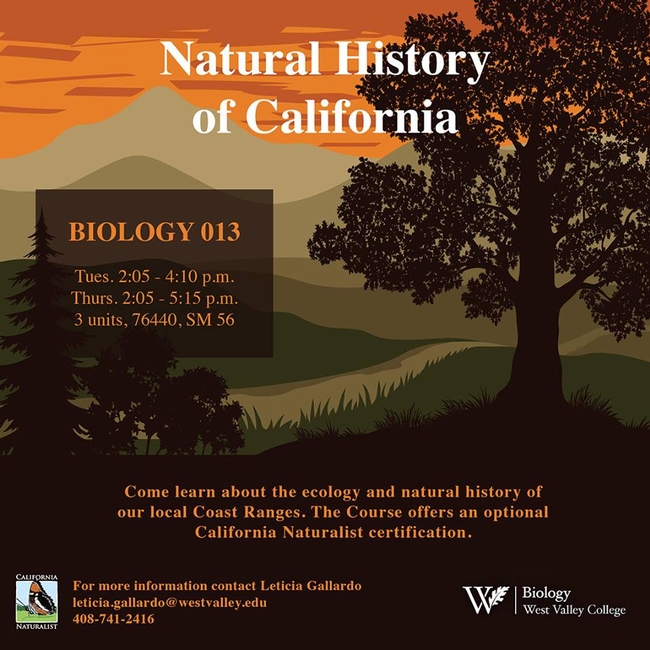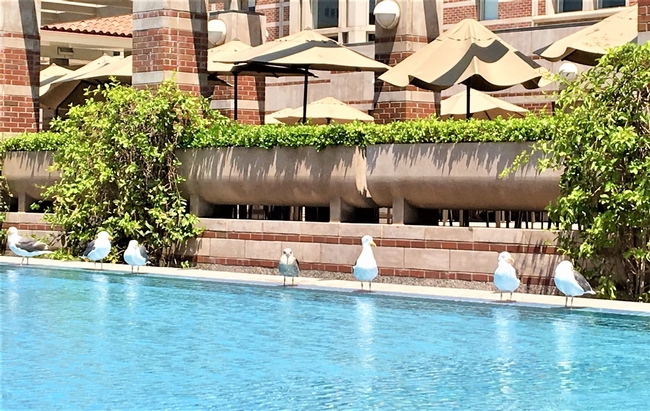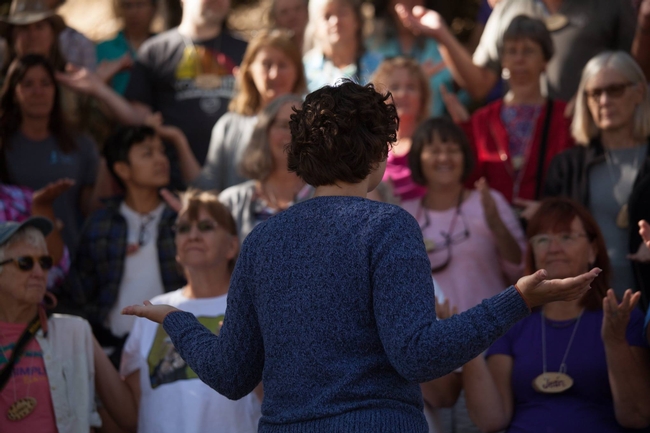Learn more about Point Reyes National Seashore in ways the casual visitor cannot, exploring in areas less traveled and alongside some of the California's most knowledgeable naturalists. The upcoming CalNat Course with Point Reyes National Seashore Association is open for registration. Saturdays 9:00am to 5:00pm from September 22-October 20th.
Some interesting ways biologists are tapping into what we know about animal behavior to solve modern day conservation problems. Read about it here in Scientific American.
"Thoth was an ancient Egyptian deity with the head of an ibis, and part of his job was to maintain the universe. In the Berryessa Snow Mountain National Monument region, we have ibises, specifically White-Faced Ibises (Plegadis chihi), and even though they probably don't maintain the universe, they do a good job of maintaining their little corners of the world." Click here for the latest article from CalNat Tuleyome instructor Mary K. "Mare" Hanson - Naturalist in the Red Bluff Daily News. Follow Mary's FB pageorblog for her stellar natural history observations and photos!

Congratulations to the graduates of Catalina Island Conservancy's first California Naturalist course! The spring course looked to create highly trained guides, volunteers, docents and most importantly, stewards, to spread the word of not only how special Catalina Island is, but how important all islands are. Capstone projects included a children's book on the island fox, a library catalog enhancement for their Nature Center, and more. Welcome CA Naturalists!
Effie Yeaw Nature Center has just announced dates for their fall course! Claim your spot at one of our most popular courses, which starts September 17. The course will prepare you to be an advocate for California's natural wonders, with an emphasis on the greater Sacramento area. Located on the edge of a 100 acre nature preserve along the American River, a short hike from the classroom and you'll discover what it means to be a naturalist. Learn more and find the link to register here.
Water movement patterns create microhabitats in creeks. The presence of riffles, pools, or cascades determine which types of aquatic invertebrates can populate a stream reach, according to new research by UC Santa Barbara. Read about it here.


